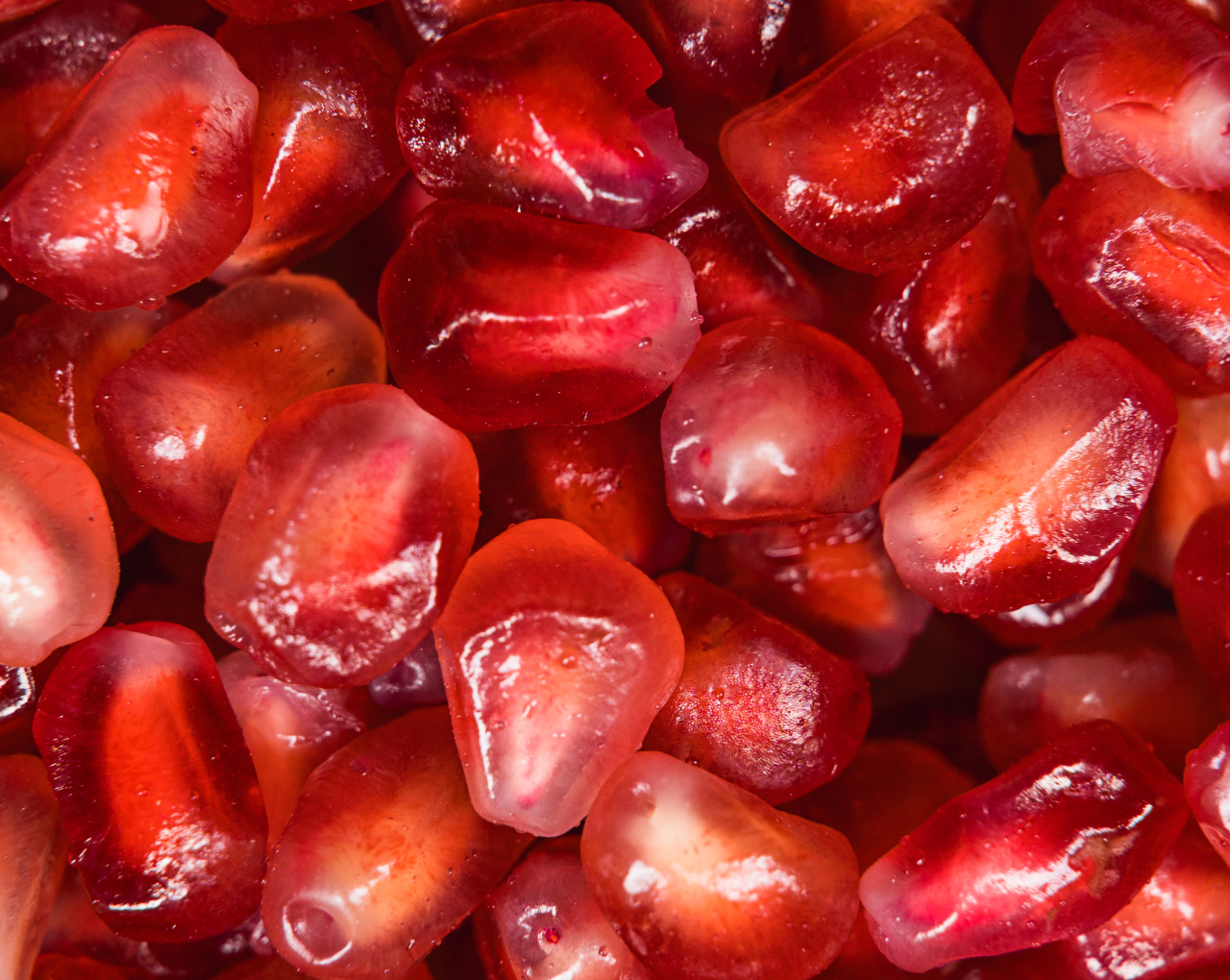STATE-OF-THE-ART: PHYSICAL-MECHANICAL CONCENTRATION PROCESSES TECHNOLOGY
Fruit pomaces exhibit a heterogeneous structure comprising mechanically intertwined seeds and skins, resulting in complex rheological behavior characterized by the simultaneous interplay of viscoelastic and thermoplastic rheological properties. Conventional upcycling processes predominantly rely on concentration processes, typically structured around a sequential drying stage followed by a milling stage. These processes confront significant challenges. During the drying stage, the physical entanglement of seeds and skins encapsulates a significant portion of the (…)

(…) moisture content, severely impeding its removal. To extract this trapped moisture, prolonged exposure to high temperatures is required, which leads to the degradation of thermolabile bioactive compounds, resulting in substantial nutrient loss and compromising the functional integrity of both the skins and seeds. The subsequent milling stage further amplifies process inefficiencies, as the viscoelastic and thermoplastic rheological characteristics of pomace skins dissipate a significant portion of the energy intended for particle size reduction. Conventional milling technologies are unable to achieve complete seed disintegration, resulting in residual fragments that impart a gritty texture, adversely impacting sensory properties and severely limiting their applicability for advanced product formulations. Additionally, during the milling stage, seed fragmentation triggers the release of fatty acids, leading to the formation of a viscous paste with low or negligible grindability, thereby increasing energy consumption during processing, clogging sieves, and obstructing the size separation process, necessitating additional sieving stages to recover finer fractions, further compounding inefficiencies and escalating operational costs, often leading to complete process disruption. The commercial viability of conventional functional ingredients remains significantly limited by the inherent constraints of conventional (…)
(…) Physical-Mechanical based concentration processes, in which particle size plays a critical role. Owing to these inherent complexities, conventional physical-mechanical concentration processes fail to produce ultrafine particles, instead yielding coarse particulates that significantly diminish bioavailability, compromise functional performance, and compromise sensory attributes, ultimately limiting their use to low-value applications. The degradation of thermolabile bioactives further diminishes their antioxidant, anti-inflammatory, and cardioprotective properties, reducing their market desirability, while poor sensory attributes, inadequate dispersion, and gritty textures create substantial formulation challenges, restricting their integration into high-performance applications within the food, cosmetic, nutraceutical and nutricosmetic industries. These shortcomings collectively confine conventional functional ingredients to low- to moderate-value segments, frequently relegating them to artisanal-scale production, thereby limiting profitability, scalability, and broader market penetration. From an economic and industrial standpoint, low productivity and excessive energy consumption significantly hinder large-scale production, inflating operational costs and reducing commercial feasibility. As global demand for sustainable, fruit pomace-based functional ingredients continues to rise, (…)
(…) the inability of conventional processing methods to efficiently refine these materials remains a critical barrier to unlocking their full commercial potential. Addressing these challenges demand the adoption of next-generation processing technologies, delivering high productivity capable of handling the largest pomace streams and optimizing particle structures at the micro-scale, while preserving the pristine purity and bioactive integrity of the ingredients. This ensures that fruit pomace-derived ingredients meet the most stringent natural-label and clean-label standards and guarantee the technological, sensory, and performance requirements essential for high-value industrial applications across the food, cosmetic, nutraceutical, and nutricosmetic industries. POWDER HOUSE stands at the forefront of this innovation, setting new benchmarks for sustainable bioactive ingredient production. By leveraging its exceptionally high productivity—at least twentyfold greater than that of conventional physical-mechanical concentration technologies—and its low energy consumption, at least twentyfold lesser than conventional technologies, the POWDER HOUSE framework enables Large-Scale Industrial Processing of fruit pomace. The POWDER HOUSE framework ensures consistent operational performance across varying throughput rates and input profiles, while allowing virtually unlimited processing (…)
(…) volumes, reinforcing POWDER HOUSE’s role as an innovator in bioactive science.
